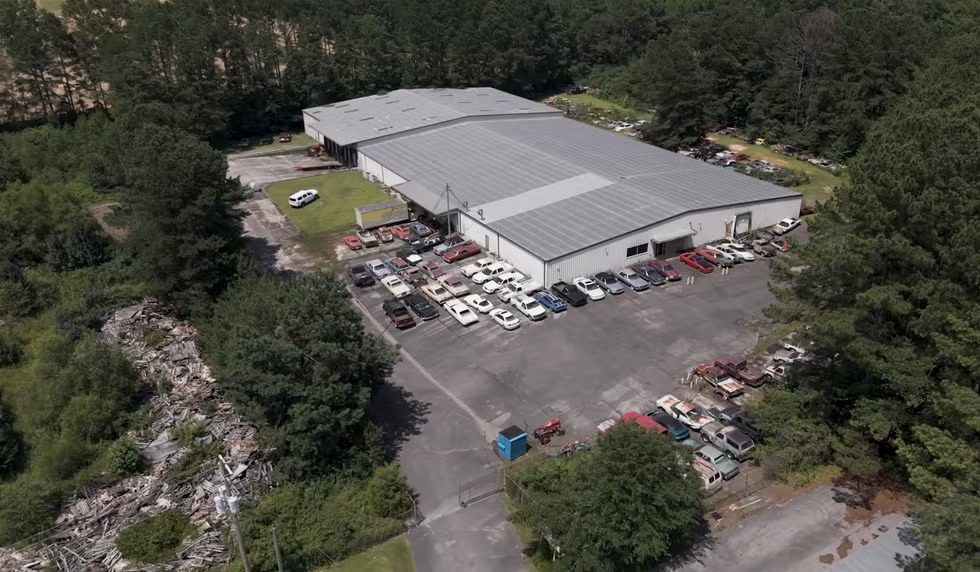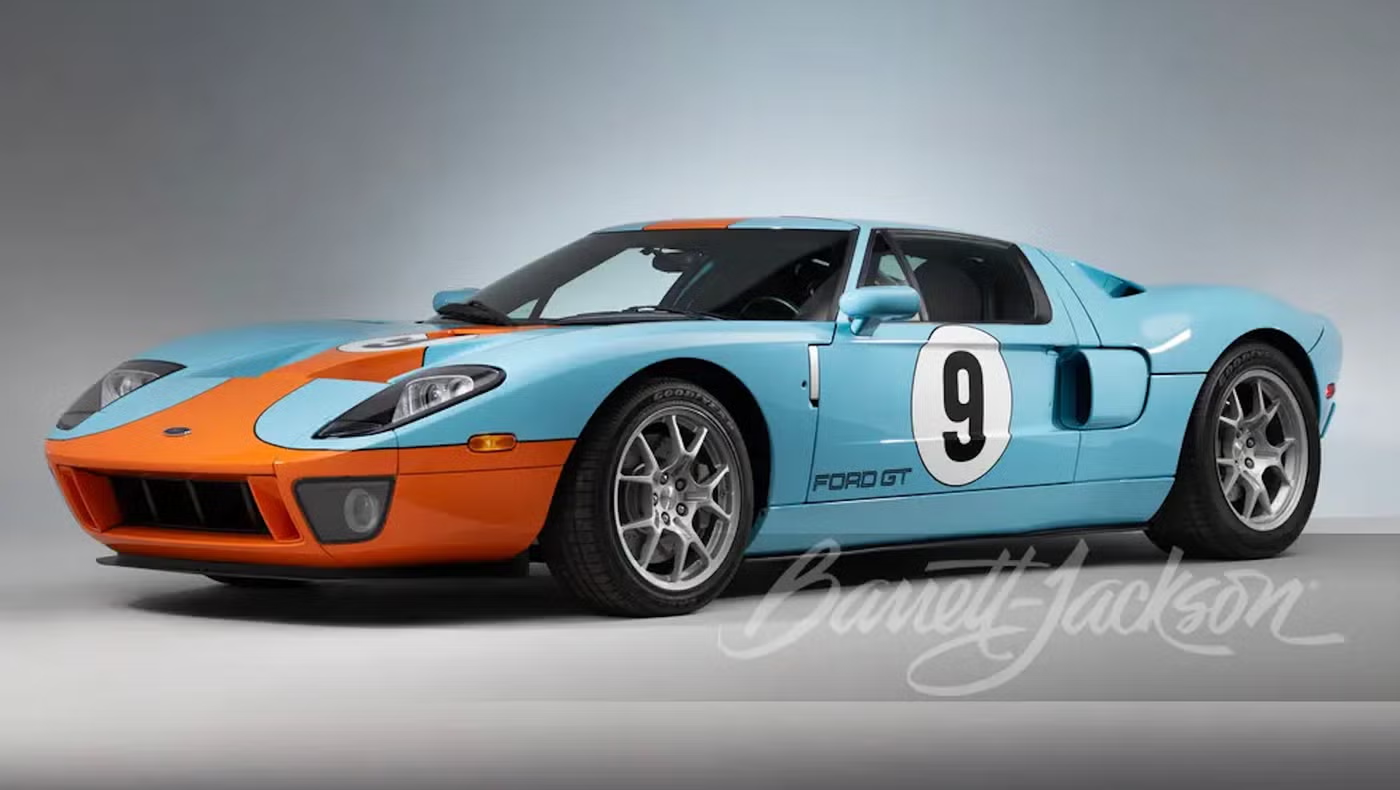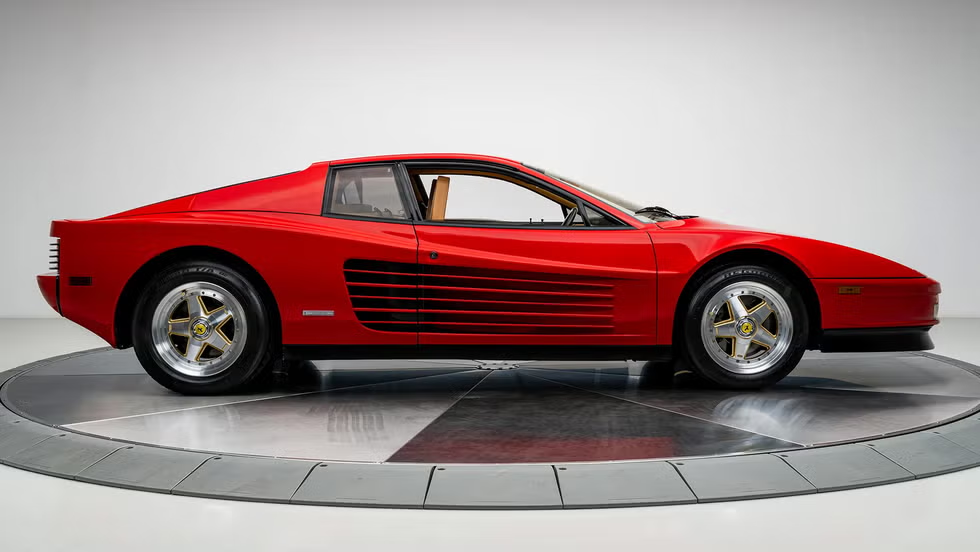Exploring the 1999 BMW Z3 Coupe: A Lesser-Known Gem
Covers restorations, auctions and driving classics. Daily: Mercedes W124; project in the garage: Datsun 240Z.
In the world of performance vehicles, the 1999 BMW Z3 Coupe often finds itself overshadowed by its more powerful sibling, the M Coupe. However, for those who delve deeper into its capabilities and design, the Z3 presents a compelling case as a classic sports car. With a focus on affordability and a robust driving experience, the Z3 Coupe provides a unique blend of features that appeal to both enthusiasts and practical buyers alike.
BMW's approach to designing the Z3 Coupe was strategic, aiming to capture a different market segment than the M Coupe. While the M Coupe boasted a 240-horsepower engine, the Z3 Coupe came equipped with a 193-horsepower, 2.8-liter six-cylinder engine. The distinction was clear: less power but more affordability. This decision allowed BMW to offer a sports car experience at a price point more accessible to the average consumer. The Z3 Coupe's starting price of approximately $36,816 was notably less than the M Coupe's, making it an attractive option for those looking to enter the world of BMW sports cars without breaking the bank.
Despite its lower horsepower, the Z3 Coupe still delivered a satisfying driving experience. It was capable of accelerating from 0 to 60 mph in 6.1 seconds, a pace comparable to that of the Porsche Boxster at the time. The car's torsional rigidity, a hallmark of BMW's engineering, ensured that it felt solid and composed on the road, much like the M Coupe. Moreover, the Z3 Coupe's performance on the skidpad was commendable, exceeding that of the M Coupe with a 0.90 g rating. This balance of performance and practicality became a defining feature of the Z3, endearing it to those who valued a more understated yet competent sports car.
While the Z3 Coupe offered a robust driving experience, its interior design did not escape criticism. The seats, though supportive and clad in leather, were complemented by an interior that some felt was overly plasticky for a vehicle in its price range. The simplicity of the gauges was a plus, making them easy to read at a glance, but the overall interior finish left room for improvement. However, the coupe's hatchback design provided a practical advantage over its roadster counterpart, allowing for enough cargo space to accommodate a weekend's worth of luggage.
One area where the Z3 Coupe stood out was its ride quality. It offered a more comfortable and cushioned experience compared to the M Coupe, which was appreciated by those who planned to use the car for daily driving. The availability of a four-speed automatic transmission further extended its appeal to a broader audience, particularly those who preferred a more relaxed driving style. Despite its reduced power, the Z3 Coupe managed to maintain a top speed of 133 mph, thanks to its electronic governor.
Ultimately, the decision between the Z3 and M Coupes often came down to personal preference and budget considerations. While the M Coupe's superior performance and potential resale value were enticing, the Z3 Coupe offered a more approachable entry point into BMW's performance car lineup. Its combination of affordability, practicality, and respectable performance made it an attractive option for those who appreciated BMW's engineering prowess without the need for top-tier power.
For car enthusiasts and collectors today, the 1999 BMW Z3 Coupe represents a unique opportunity. It is a vehicle that embodies the essence of late 1990s sports car design, with its distinct blend of style, performance, and practicality. As a piece of BMW history, the Z3 Coupe may not have garnered the same attention as the M Coupe, but it remains a beloved model for those who appreciate its understated charm and enduring capabilities.
About Harper Quinn
Covers restorations, auctions and driving classics. Daily: Mercedes W124; project in the garage: Datsun 240Z.



